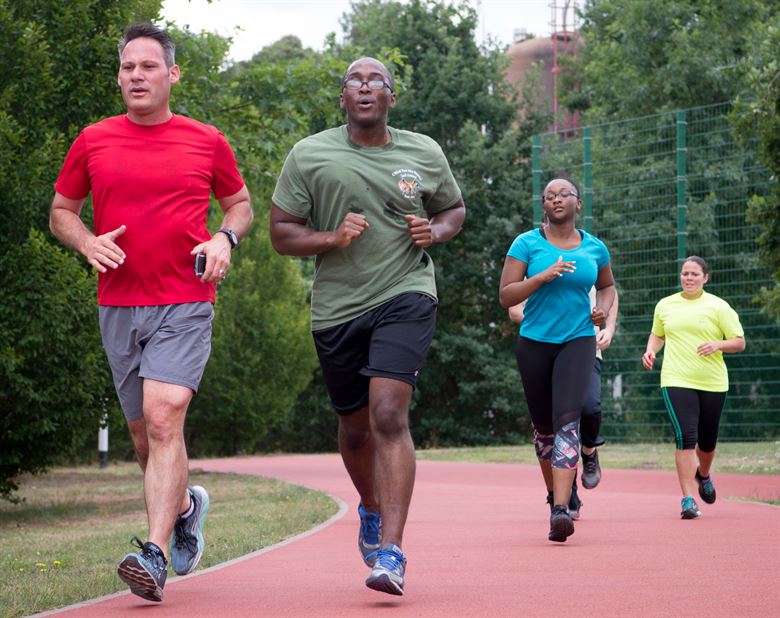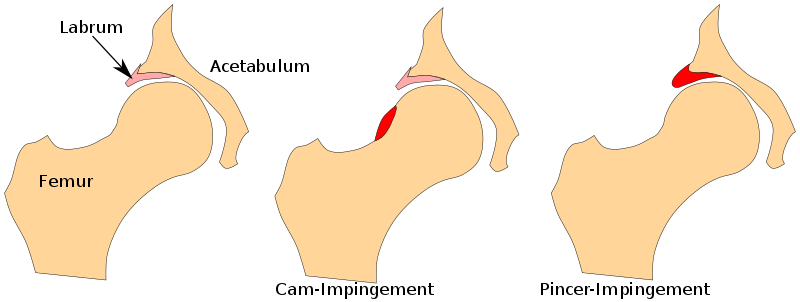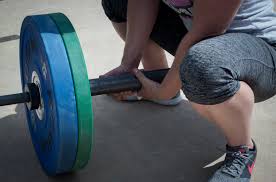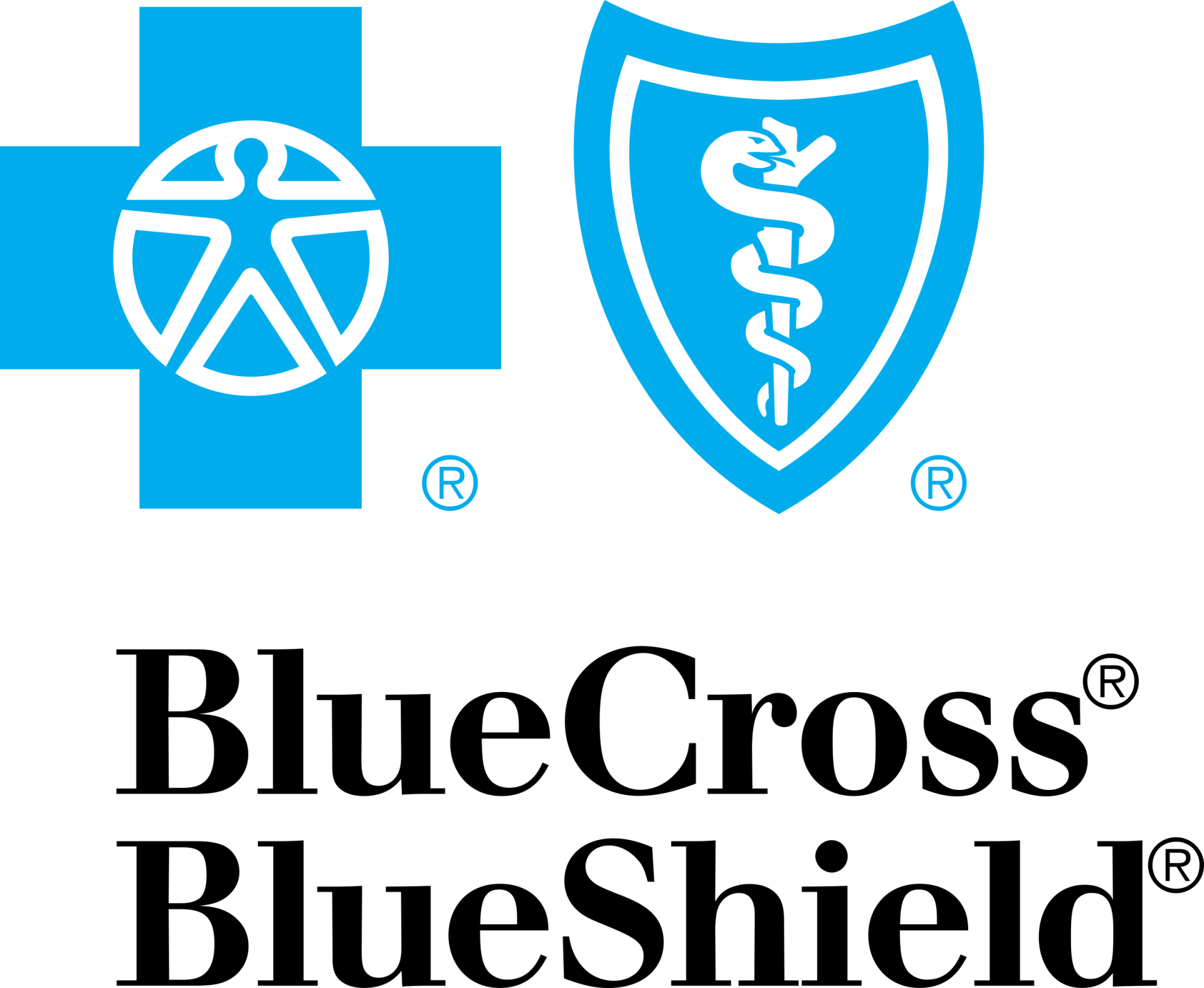Hip Pain
 If you’re young and athletic and are experiencing pain at the front of your hip, know that you’re not alone. Anterior hip pain is actually a very common experience among runners, triathletes, soccer and hockey athletes, as well as dancers and gymnasts.
If you’re young and athletic and are experiencing pain at the front of your hip, know that you’re not alone. Anterior hip pain is actually a very common experience among runners, triathletes, soccer and hockey athletes, as well as dancers and gymnasts.
Like other parts of the body, pain at the front of your hip can mean a lot of different things. For runners and soccer players especially, repetitive impact activity can lead to a stress fracture of the femoral neck or shaft – which presents as pain at the anterior hip with running, walking, and jumping. Soccer and hockey players are also susceptible to groin strains, or pubic bone pathology due to the strain on the inner thigh during that sport. A diagnosis that’s common among all of these sports, and many more, is femoroacetabular impingement (FAI) and labral pathology.
The hip is a ball and socket joint, formed by the acetabulum – the “socket” – on the pelvis -and the head of the femur, on your thigh bone. The joint is surrounded by a rim of cartilage called the labrum (heard this term before? There’s one on your shoulder joint too!), which helps the joint absorb shock and also deepens the socket, creating more stability through the joint.
 Femoroacetabular impingement – FAI – can be diagnosed with an x-ray. Essentially what impingement means is that ball-and-socket joint isn’t fitting together perfectly, and there are three ways this can occur. First is “pincer” impingement, which means that there is an outgrowth of bone on the socket. This leads to the acetabulum and femur coming into contact too early in the range of motion. Second, there is “cam” impingement, which means there is a bony growth on the head of the femur, meaning that it cannot glide in the socket without “catching” or “pinching” on the labrum. Lastly, it is actually most common to have a combination of these.
Femoroacetabular impingement – FAI – can be diagnosed with an x-ray. Essentially what impingement means is that ball-and-socket joint isn’t fitting together perfectly, and there are three ways this can occur. First is “pincer” impingement, which means that there is an outgrowth of bone on the socket. This leads to the acetabulum and femur coming into contact too early in the range of motion. Second, there is “cam” impingement, which means there is a bony growth on the head of the femur, meaning that it cannot glide in the socket without “catching” or “pinching” on the labrum. Lastly, it is actually most common to have a combination of these.
FAI can occur without labral pathology, and labral pathology can also occur without FAI; but, frequently, they do occur together. Labral tears can cause a significant amount of pain, however it must be said that just because a tear is seen on imaging does NOT mean this is the source of pain. There have been several studies showing that when imaging the hips of young, active individuals who don’t have hip pain, up to 70% of them have labral tears.
SO…you’ve been diagnosed with FAI and/or a labral tear. Now what?
Luckily, there has been an explosion of medical interventions for hip pain, as well as significant improvement in the way rehab professionals treat.
Injection Therapies: An orthopedic surgeon may choose to inject the joint with a corticosteroid to decrease any inflammation in the joint. Alternatively, some surgeons can do “regenerative injections” – either Platelet-Rich Plasma (PRP) or bone marrow aspirate concentration (BMAC), both of which serve to stimulate healing of the labrum and cartilage.
Surgical Interventions: There are several arthroscopic surgical techniques that can be used to correct FAI and repair labral tears. For FAI, the surgeon may perform an osteoplasty – essentially shaving down the bony outgrowths so that the joint surfaces can roll and glide on each other smoothly. Surgeons can also use sutures or anchors to secure torn portions of the labrum back to the acetabulum; this can significantly decrease painful clicking and catching. In more involved cases, the surgeon can also take cadaver tissue and create a brand new labrum for the patient.
It is important to note that these medical interventions, advanced as they are, do not guarantee pain relief. Surgery in particular CAN be extremely helpful, and as such it is still considered the gold standard treatment – but like we talked about earlier – pathology does not always equal pain. Therefore “fixing” or eliminating the pathology does not guarantee elimination of pain. Surgery should be considered a last result option, if injection therapy and high-quality sports rehab do not help.
 Speaking of sports rehab….stay tuned for our next article to learn how we help our athletes with hip pain back to the playing field – with or without surgery!
Speaking of sports rehab….stay tuned for our next article to learn how we help our athletes with hip pain back to the playing field – with or without surgery!









